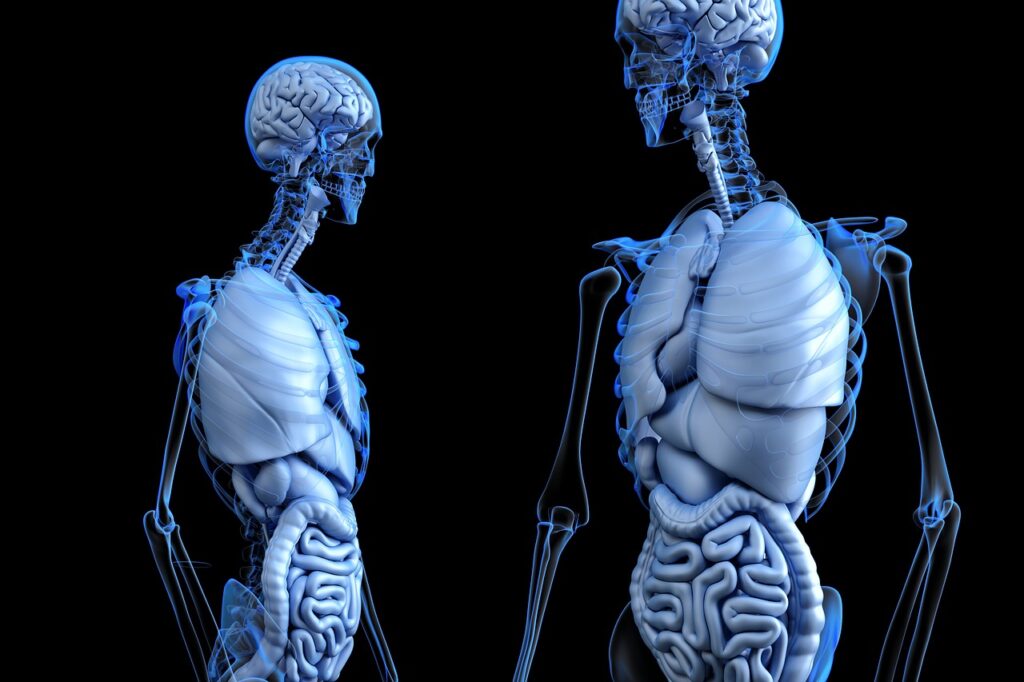We all know about the amazing regenerative power of the liver. However, the cells responsible have remained a mystery.
New research from the Children’s Medical Center Research Institute at UT Southwestern (CRI) has identified the cells responsible for liver maintenance and regeneration and also found their location in the liver.
Liver performs a lot of vital functions including
1. Chemical detoxification
2. Blood protein productin
3. Obile excretion
4. Regulation of energy metabolism.
The liver comprises tissue units called lobules that, when cross-sectioned, resemble honeycombs. These individual lobules are organized in concentric zones in which hepatocytes are the primary liver cell type and carry out diverse functions.
The previous efforts for identifying the cells responsible for liver regeneration were hindered by a lack of markers to distinguish and compare the functions of distinct types of hepatocytes in different regions of the liver.
There has been a debate about whether all hepatocytes across the lobule would contribute towards the production of new cells or only a subset that handles the production.
Scientists in the Zhu lab addressed this issue by comparing the genes that mark hepatocytes throughout the liver. Using this they identified genes which were only turned on by specific subsets of hepatocytes and used these genes as markers for distinguishing the identities and functions of different hepatocyte subsets.
They did this by creating 11 new mouse strains, and each of it has a marker for a specific subset of hepatocytes. With the help of three previous mouse strains, the team observed how the labelled cells multiplied or disappeared over time and which were responsible for liver regeneration after damage. The experiments helped the team in comparing how various subsets of hepatocytes contributed to liver maintenance and regeneration.
They found out the location when cells in zone 2 gave rise to new hepatocytes that populated all three zones of liver lobules while cells from zones 1 and 3 disappeared.
This meant that there isn’t a rare population of stem cells for liver maintenance, but it is a common set of mature hepatocytes within a specific region of the liver that regularly divides to make new hepatocytes throughout the liver. They also showed that mice which were exposed to chemicals that mimicked common forms of liver damage, showing that cells in zone 2 were most able to evade death, regenerate hepatocytes, and sustain liver function.
It’s known that the cells in zone 1,3 are most often harmed by alcohol and other diseases and thus it makes sense that cells in zone 2, which are sheltered from toxic injuries affecting either end of the lobule, would be in a prime position to regenerate the liver.
To learn more about mechanisms that hepatocytes in zone 2 used to regenerate liver function, members of the Zhu lab performed genetic screens to look for genes important for growth and regeneration. They discovered a pathway known as the IGFBP2-mTOR-CCND1 axis that was active in zone 2 but less so in zones 1 and 3. When they deleted components of this pathway from mice, the cells in zone 2 no longer gave rise to new hepatocytes, establishing that this was the mechanism responsible for the regenerative capacity of zone 2 cells.
“The identification of zone 2 hepatocytes as a regenerative population answers some fundamental questions about liver biology and could have important implications for liver disease. In addition, the tools we created to study different types of hepatocytes can be used to examine how different cells respond to liver damage or to genetic changes that cause liver cancer,” says Zhu.
Journal Reference:
Yonglong Wei, Yunguan G. Wang, Yuemeng Jia, Lin Li, Jung Yoon, Shuyuan Zhang, Zixi Wang, Yu Zhang, Min Zhu, Tripti Sharma, Yu-Hsuan Lin, Meng-Hsiung Hsieh, Jeffrey H. Albrecht, Phuong T. Le, Clifford J. Rosen, Tao Wang, Hao Zhu. Liver homeostasis is maintained by midlobular zone 2 hepatocytes. Science, 2021; 371 (6532): eabb1625 DOI: 10.1126/science.abb1625

